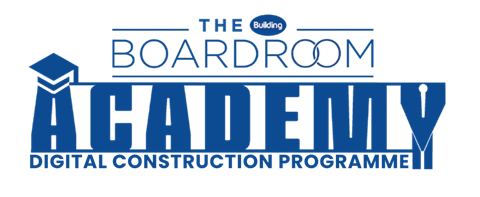- News
Regulations latest
All the latest updates on building safety reform
- Focus
- Comment
- Data
- Programmes
- CPD
- Events
- Jobs
- Subscribe
- Building Boardroom
Introducing prediction for designing climate-resilient infrastructure

Construction has traditionally relied on precedence to prepare for events that may affect our buildings, but the past is no longer a reliable indicator to the future, writes John Rees of COWI in the UK
There is consensus that climate change is increasing the frequency, duration and severity of weather events that affect the ability of our infrastructure to function as intended. All environmental loads (temperature, wind, ice, snow, rain and combinations thereof) are changing.
For the past century or so, the construction industry has relied on precedence – the use of historic weather records to predict the likelihood of future events. This has served the industry well and much of the knowledge extracted from these records has been condensed into standards and codes of practice, allowing designers to adopt a consistent approach to designing reliable infrastructure, almost all of which has stood the test of time. So far…
Already registered? Login here
To continue enjoying Building.co.uk, sign up for free guest access
Existing subscriber? LOGIN
Stay at the forefront of thought leadership with news and analysis from award-winning journalists. Enjoy company features, CEO interviews, architectural reviews, technical project know-how and the latest innovations.
- Limited access to building.co.uk
- Breaking industry news as it happens
- Breaking, daily and weekly e-newsletters
Get your free guest access SIGN UP TODAY

Subscribe now for unlimited access
Subscribe to Building today and you will benefit from:
- Unlimited access to all stories including expert analysis and comment from industry leaders
- Our league tables, cost models and economics data
- Our online archive of over 10,000 articles
- Building magazine digital editions
- Building magazine print editions
- Printed/digital supplements
Subscribe now for unlimited access.
View our subscription options and join our community



















